A Desolate Village in East Anatolia: Tuğut (Çiğdemli)
Abstract
Tuğut is a village located in eastern Turkey, included in Divrigi, a district of Sivas Province. Tuğut village has an old history and tradition. The village is situated on natural stone layers. When you look directly at the pile of stone houses of the village from down in the valley, the houses rise up as if they are a natural part of the land on which they are built. The stones which were taken from the countryside, untouched, were used in the construction of the walls all over the village. The most important characteristic feature of the village is that all the building elements are used in the simplest states of nature. The steep streets of the village, situated on narrow, inclined terrain, are made of local stone and the stone pavements were built in front of the structures. There are also monumental fountains and bridges over the stone paved streets. While Tuğut was a beautifully developed settlement, its central position has been lost over time due to the new roads in the region, with the loss of importance of the old road and the migrations toward the big cities because of a failing economy. Tuğut deserves to be protected and examined because the Divrigi housing tradition has remained until today and it reflects Anatolia culture. At the same time, Tuğut village is one of the unique settlements that can rarely be seen with architectural structures, whilst being deserted day by day.
Un villaggio abbandonato in Anatolia orientale: Tuğut (Çiğdemli)
Tuğut (oggi Çiğdemli) è un villaggio della Turchia orientale, compreso nel distretto di Divrigi, provincia di Sivas, ricco di storia e tradizioni antiche. Il villaggio sorge su un’altura rocciosa: guardando dalla valle le abitazioni in pietra, queste si mimetizzano col sistema naturale e ne sembrano parte integrante. La più singolare caratteristica dell’abitato è che tutti gli elementi costruttivi sono utilizzati così come si trovano in natura. Anche la ripida strada che attraversa il villaggio, ricavata su un terreno stretto e in pendenza, è realizzata in pietra locale, così come gli slarghi antistanti le case, oltre alle fontane monumentali e ai ponti. Nonostante Tuğut fosse un insediamento ben sviluppato, il suo ruolo si è perso nel tempo, a causa della costruzione di una nuova strada che ha messo in secondo piano l’antica, con un processo di indebolimento economico che ha innescato, di conseguenza, un processo di emigrazione verso le grandi città causata. Tuğut merita di essere protetto e studiato, nonostante sia oggi spopolato perché è uno dei rari insediamenti in cui sono ancora perfettamente visibili le tecniche costruttive tradizionali di Divrigi.
Parole chiave
Full Text
PDF (English)DOI: https://doi.org/10.14633/AHR239
Refback
- Non ci sono refbacks, per ora.
Copyright (c) 2020 Nur Umar; Tugçe Darendeli

This work is licensed under a Creative Commons Attribution-NonCommercial 4.0 International License.
........................................................................................................................................................................................................................................................................................................................................................
ArcHistoR è una rivista open access e peer reviewed (double blind), di Storia dell’architettura e Restauro, pubblicata dall’Università Mediterranea di Reggio Calabria con cadenza semestrale.
ISSN 2384-8898
![]()

Comitato scientifico internazionale
Maria Dolores Antigüedad del Castillo-Olivares, Monica Butzek, Jean-François Cabestan, Alicia Cámara Muñoz, David Friedman, Alexandre Gady, Jörg Garms, Miles Glenndinning, Mark Wilson Jones, Loughlin Kealy, Paulo Lourenço, David Marshall, Werner Oechslin, José Luis Sancho, Dmitrij O. Švidkovskij
Comitato direttivo
Tommaso Manfredi (direttore responsabile), Giuseppina Scamardì (direttrice editoriale), Antonello Alici, Salvatore Di Liello, Fabrizio Di Marco, Paolo Faccio, Mariacristina Giambruno, Bruno Mussari, Annunziata Maria Oteri, Francesca Passalacqua, Edoardo Piccoli, Renata Prescia, Nino Sulfaro, Fabio Todesco, Guglielmo Villa
 .
. 


2.jpg)
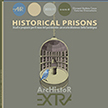
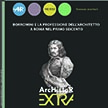


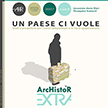
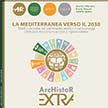
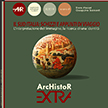
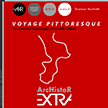
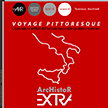
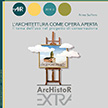

_2.jpg) .
. 
 .
. 

